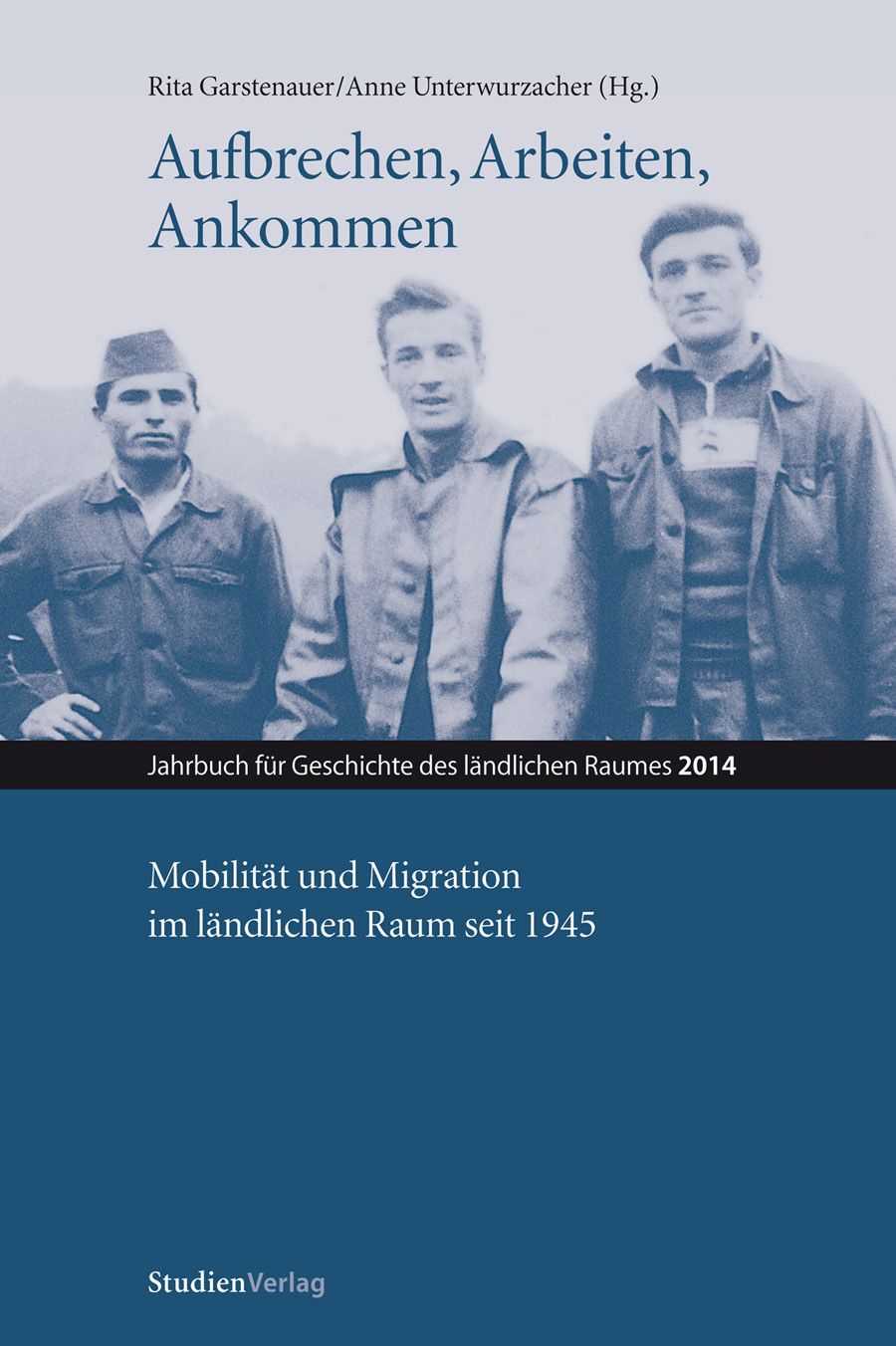Zwangsmigration und Neubeheimatung
„Umsiedler“ als „Neubauern“ in der SBZ/DDR
DOI:
https://doi.org/10.25365/rhy-2014-3Abstract
After World War II, 4.3 million refugees and expellees from the former eastern territories of Germany reached the Soviet Occupation Zone (SOZ). Three-quarters of these ‘resettlers’ arrived in rural areas, which provided better chances for employment, accommodation and food than the destroyed cities. The ‘resettlers’ reached villages during a time of transition. The rural areas of the SOZ had undergone radical transformation processes: the collapse of the Nazi regime, the establishment of socialism and the change of traditional ownership and hierarchy structures within the so called land-reform (1945–1948), which was supposed to create a special type of farmer, the ‘new-farmer’ (Neubauern). These changes required a high level of adaptation from the ‘resettlers’ as well as from the established villagers. Both heterogeneous groups experienced those years as years of collapse and breakup. After ensuring the immediate survival of the refugees and expellees, the political aim of the Socialist Unity Party of Germany was their fast integration into the emerging socialist society of the young German Democratic Republic (GDR). Looking at the assimilation of the ‘resettlers’ into rural society, the question arises how successful the land reform and other governmental aid efforts were. To what extent was the new beginning of the ‘resettlers’ actually reflected in memories? Qualitative interviews, archival sources and contemporary journals were analysed to answer these questions using the example of Thuringia.


